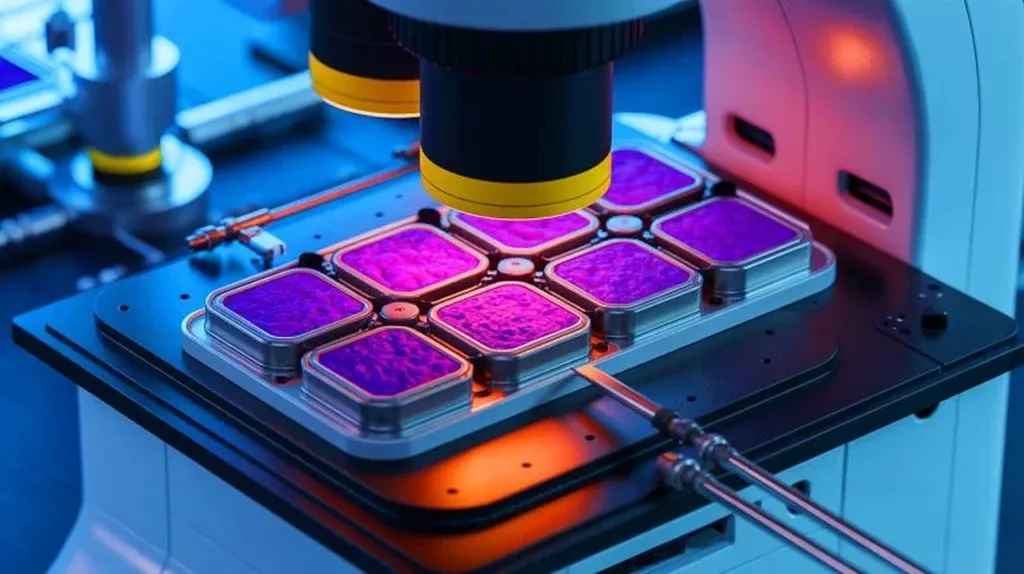In a breakthrough that could reshape precision machining in the maritime industry, researchers have found a way to enhance the electrochemical discharge drilling (ECDD) process using a unique electrolyte mix. This isn’t just any old science stuff; it’s a game-changer for working with advanced materials like metal sheets, composites, and ceramics. The study, led by Sekar Tamilperuvalathan from the Department of Mechanical Engineering at Government College of Technology, introduces a blend of potassium permanganate (KMnO4) with sodium hydroxide (NaOH) and potassium hydroxide (KOH) to supercharge the ECDD process.
So, what’s the big deal? Well, imagine you’re working with mild steel sheets, and you need to drill holes with pinpoint accuracy. The team found that a 5% KMnO4 in 95% NaOH electrolyte mix significantly improves dimensional accuracy, achieving a hole diameter deviation of only 0.74% from the tool electrode diameter. That’s like hitting a bullseye every time. “This mixture also minimizes stray corrosion and localized heating, enhancing precision,” said Tamilperuvalathan.
But it’s not just about precision. The study also revealed that this electrolyte combo boosts the material removal rate (MRR) to 3.33 mg/min, a 4.1% increase over plain NaOH. That means faster, more efficient drilling. And here’s the kicker: the tool wear rate (TWR) was reduced by a whopping 70% to 5.5 mg/min. That’s less tool wear and tear, which translates to cost savings and longer tool life.
So, what does this mean for the maritime industry? Well, think about all the advanced materials used in shipbuilding and maintenance. This enhanced ECDD process could make machining these materials faster, more precise, and more cost-effective. It’s not just about new ships; it’s about maintaining and repairing existing ones too. The reduced tool wear and improved electrolyte stability also mean less downtime and lower operational costs.
The study, published in the journal ‘Scientific Reports’ (which, by the way, is known in English as ‘Reports of Science’), highlights the potential for this electrolyte mix to revolutionize precision machining in the maritime sector. It’s not just about keeping up with the competition; it’s about setting the pace.
In the words of the lead author, “The interaction between KMnO4 and NaOH improved electrolyte stability, resulting in lower Heat Affected Zones.” That’s a mouthful, but it essentially means less heat damage to the materials being drilled, which is crucial for maintaining the integrity and strength of maritime structures.
So, while this research might not be making headlines in the mainstream press, it’s a big deal for maritime professionals. It’s about making the industry more efficient, more precise, and ultimately, more profitable. And that’s something worth talking about.

